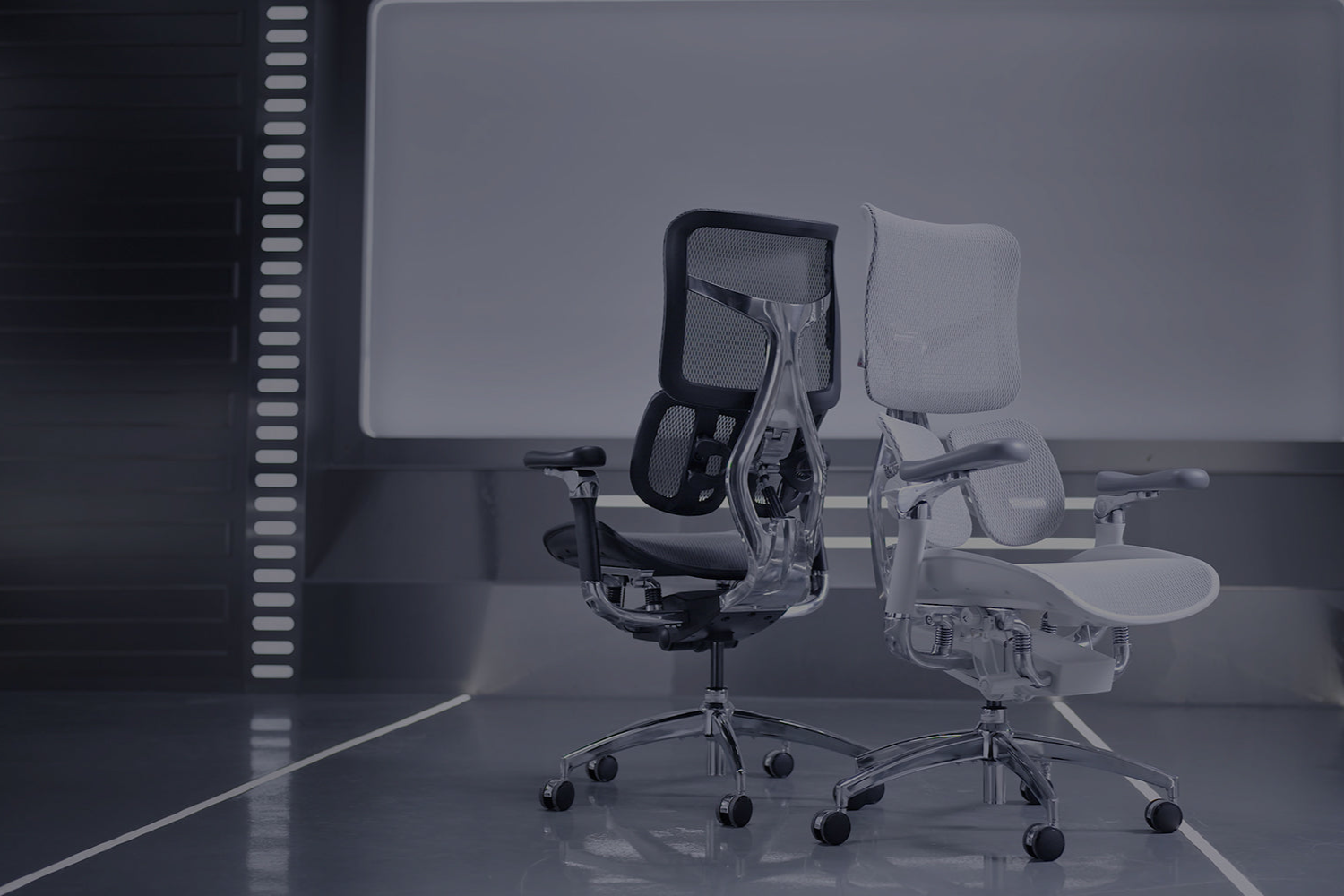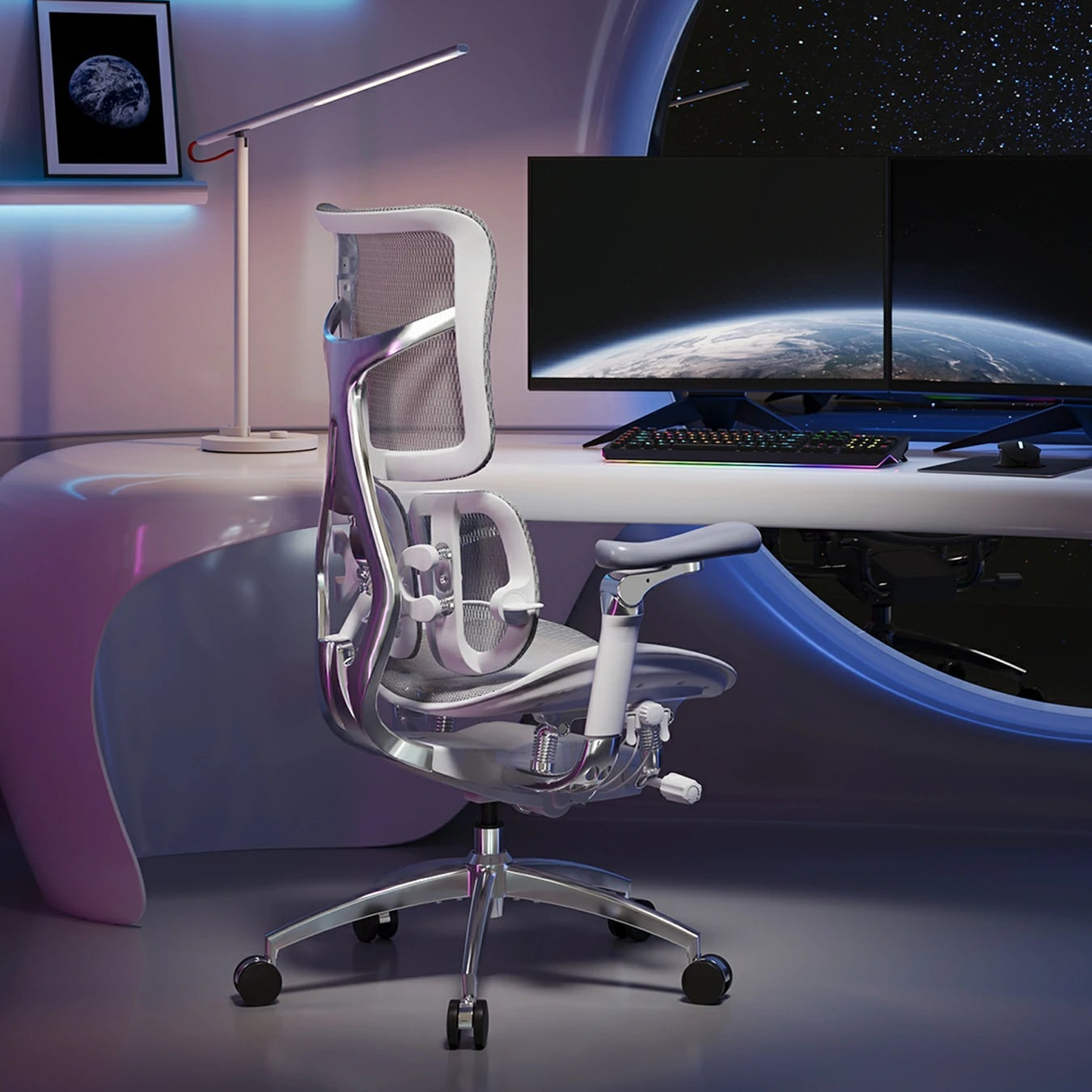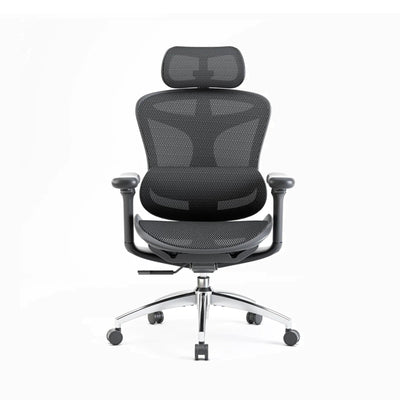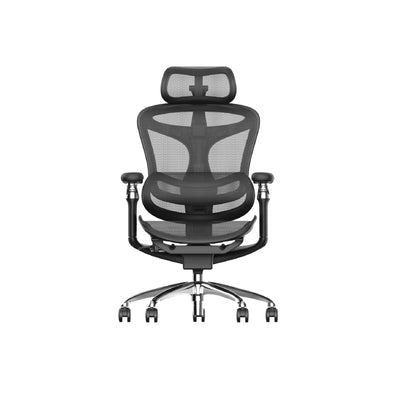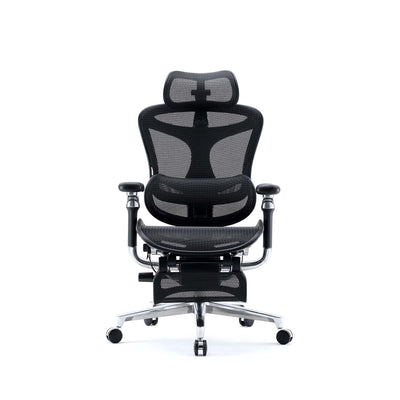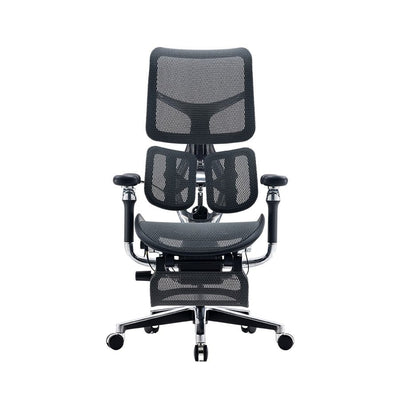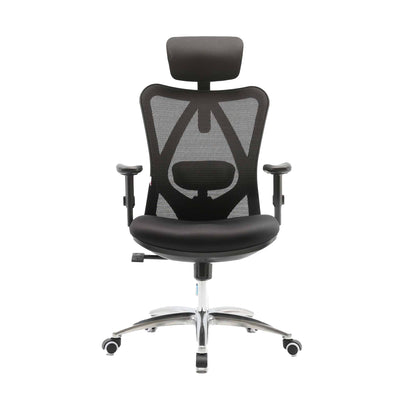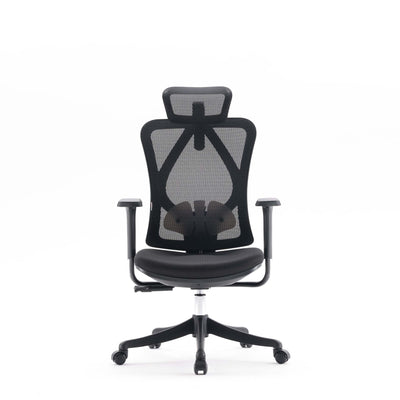
Remote work once felt like freedom, a sudden escape from office walls. Yet behind the glow of flexibility, a quieter problem began to grow. This problem is workaholism in remote workers, and it has slipped into lounge rooms and spare bedrooms across Australia and beyond.
Workaholism is not simply working long hours. It’s a compulsion to keep going, even when your body and mind beg for pause. It’s the subtle pressure whispering, “just one more email,” long after the sun has set. In the remote era, that whisper grows louder.
The Blurred Lines of Home and Work
Before remote work, the office had clear walls and closing hours. Now the commute is a few steps from bed to desk. Without those physical cues, many never truly clock off. Work spills into weekends, dinners, and quiet nights.
Some try to build barriers. A favourite strategy is setting up a dedicated workspace. Adding a supportive chair or a desk lamp can create psychological separation. Small rituals signal when the workday begins and ends, but even these can slip when deadlines pile up.
Technology Keeps You Plugged In
The digital age promised freedom. Instead, it delivered pings, dings, and endless calls. Video meetings appear at dawn. Messages arrive at midnight. This always-on culture encourages workers to stay available, especially if they fear being overlooked.
Organisations may not demand round-the-clock effort, but workers often assume it. They fear being invisible, especially in a hybrid or fully remote setup. Over time, the stress of being constantly reachable erodes personal life and drives deeper workaholism.
Autonomy Feels Good Until It Doesn’t
Remote work offers autonomy. It feels powerful at first. You set your hours. You manage your time. Yet without boundaries, autonomy becomes a trap. Driven workers push themselves harder, worried their efforts are unseen.
In a shared office, people pack up and leave, signalling the day’s end. At home, no one leaves. The glow of the laptop becomes the only sunset. The line between duty and downtime dissolves, inviting workaholism to settle in like an uninvited guest.
How Environment Shapes Habits
One overlooked factor is your physical environment. Sitting in the same chair all day creates tension, stiffness, and fatigue. Movement fades, posture collapses. The right tools can help.
For example, a SIHOO ergonomic chairs in Australia provide support designed to reduce strain. While a chair cannot solve workaholism, it can remind workers to value comfort and health. Pairing this with regular breaks encourages better habits in long, remote days.
The Silent Creep of Workload
Remote work can trick people into taking on more. Managers schedule extra meetings to stay connected. Teams send more messages. Projects multiply because coordination feels harder online.
Workers who once left the office at five now glance at the clock and find it’s eight. They haven’t moved for hours. This hidden overtime contributes to stress, isolation, and eventually burnout. Workaholism thrives under these conditions, masked as dedication but driven by fear and habit.
Health Costs Are Rising
Workaholism is not a harmless ambition. Chronic stress damages the heart, strains the nervous system, and disrupts sleep. Mental health also suffers. Anxiety grows. Joy in hobbies fades. Relationships fray under the weight of constant distraction.
Over time, productivity actually drops. Exhausted workers make more mistakes. Creativity disappears. This is not a path to success but a slow erosion of well-being. Recognising these patterns early can prevent long-term harm.
Why Visibility Feels Scarce
In offices, visibility happens naturally. Managers see your body language, your effort, your presence. Remote workers lose that daily visibility. Many overcompensate with long hours, frantic messages, or late-night log-ins.
This behaviour rarely leads to security. Instead, it normalises overwork. Teams become caught in cycles where everyone works more to appear committed. Breaking that cycle requires leaders to model healthy boundaries and measure outcomes, not hours.
Building Boundaries with Care
One of the best defences against workaholism is routine. Set a start time. Set an end time. Honour those limits. Treat them as unbreakable.
Creating a physical workspace helps, too. Investing in an ergonomic chair signals that you value your health. Standing desks, soft lighting, and even indoor plants can reinforce the feeling of an actual office, reminding you when to step away.
The Role of Organisations
Organisations play a powerful role in shaping remote culture. Leaders can encourage breaks, set clear response times, and limit meetings outside core hours. They can also address workloads and recognise achievements without rewarding burnout.
Policies matter. But leadership behaviour matters more. If a manager sends emails at midnight, the team will feel pressure to respond. Cultural change starts with visible examples. Healthy leaders model balance. They log off, and they say why.
Small Steps for Big Change
Workers can take small steps to guard their time. Turn off notifications after hours. Take regular breaks during the day. Communicate availability clearly.
Physical comfort matters, too. Office chairs that support posture can make long hours less harmful. Combine this with movement—stretching, walking, quick workouts—to reduce tension and maintain energy. These habits protect your body and mind.
Technology with Boundaries
Technology is both the problem and part of the solution. Tools can block apps during off hours, schedule emails to send later, or remind you to rest.
Learning to use these tools is a skill. It requires discipline to log off, even when no one is watching. Yet building these habits can restore the separation between home and work that remote life erases.
Why Workaholism Appeals
Despite its costs, workaholism can feel rewarding. It offers a sense of control, status, and achievement. In uncertain times, it becomes a coping mechanism.
Remote workers may think they’re making themselves indispensable. In reality, they may be burning out quietly. Recognising this temptation is the first step to reclaiming balance. No project is worth your health.
Shaping the Future of Remote Work
Remote work is here to stay. Its benefits—flexibility, global talent, reduced commuting—are too powerful to abandon. Yet its risks are real. Without conscious design, remote culture fosters overwork, isolation, and declining health.
The solution isn’t returning to rigid offices. It’s building smarter systems, healthier habits, and clearer expectations. Workers and organisations must collaborate to create environments where performance and well-being thrive together.
Creating Supportive Spaces
Sometimes the change starts at your desk. Consider your posture, your lighting, and your schedule. A thoughtful workspace reinforces the message: your health matters.
A SIHOO or another supportive chair might remind you to sit well and take breaks. Pair it with an ergonomic office chair cushion or footrest for extra comfort. These tools aren’t indulgences—they’re investments in longevity.
Leading by Example
Managers can make or break remote culture. By setting boundaries, they grant permission for others to do the same. They can normalise logging off, taking leave, and celebrating balance.
They can also track workloads, ensuring projects match available resources. Transparent communication about expectations can reduce fear and help workers avoid sliding into workaholism. Leading with empathy can transform teams from burnt-out to brilliant.
The Power of Saying No
Workers often underestimate the power of “no.” Declining an unnecessary meeting or deferring a low-priority task can protect time for focus or rest.
Practising this skill builds confidence and preserves mental energy. It also signals to others that your time is valuable. Boundaries benefit everyone, not just you.
Embracing Breaks and Movement
Breaks aren’t wasted time—they’re maintenance. Short walks clear the mind. Stretching resets posture. A proper lunch away from your screen restores energy.
These simple actions counter the inertia of sitting. They remind you that your body is not just a vessel for labour but a living system needing care.
The Role of Community
Working from home can feel isolating. Without casual chats or lunch breaks, relationships fade. This isolation can drive people deeper into work as a substitute for connection.
Building virtual communities, co-working days, or even informal check-ins can recreate social bonds. Connection helps break the spell of constant labour and reminds us we’re more than our output.
Looking Ahead
The remote era will define a generation of workers. It can empower or exhaust us. The difference lies in how we design our days.
Choosing boundaries, valuing health, and investing in supportive environments can transform remote work into a sustainable model. Ignoring these needs invites burnout and entrenched workaholism. The choice is collective and individual.
Remote work changed everything. It promised flexibility, but without boundaries, it delivered workaholism. Recognising this pattern is the first step. Changing it is the next.
Invest in your space. Value your time. Treat your health as non-negotiable. Whether through an ergonomic office chair, scheduled breaks, or clearer boundaries, each choice shapes your future.
The remote era is still young. We have the power to steer it toward balance, creativity, and well-being—if we act with intention today.

